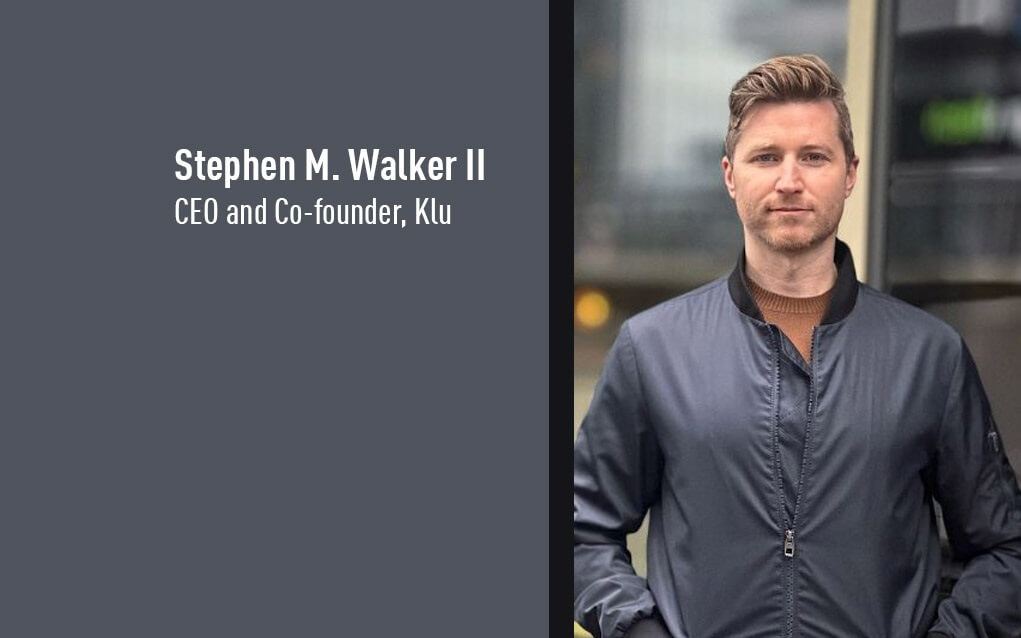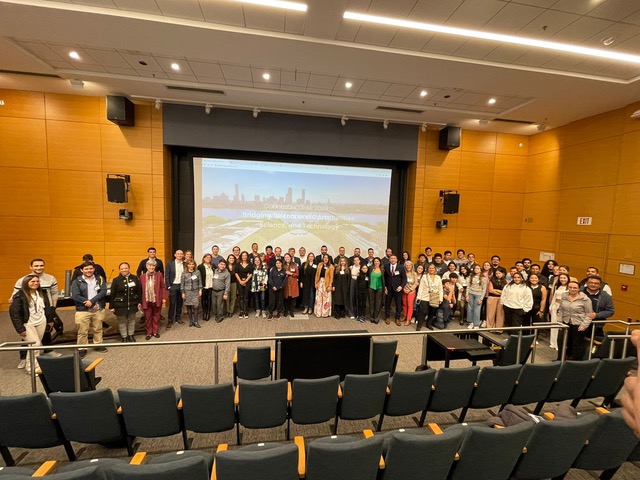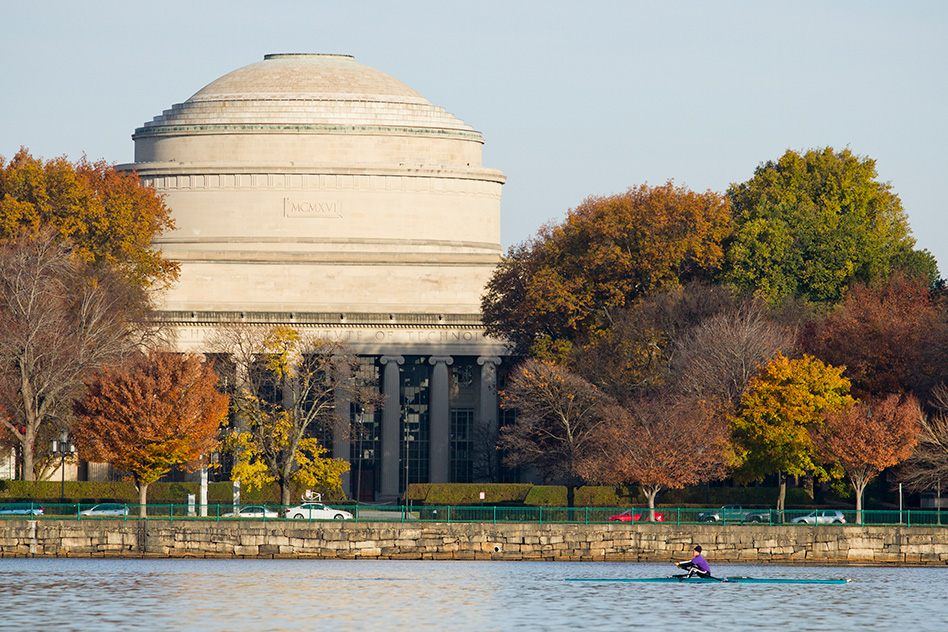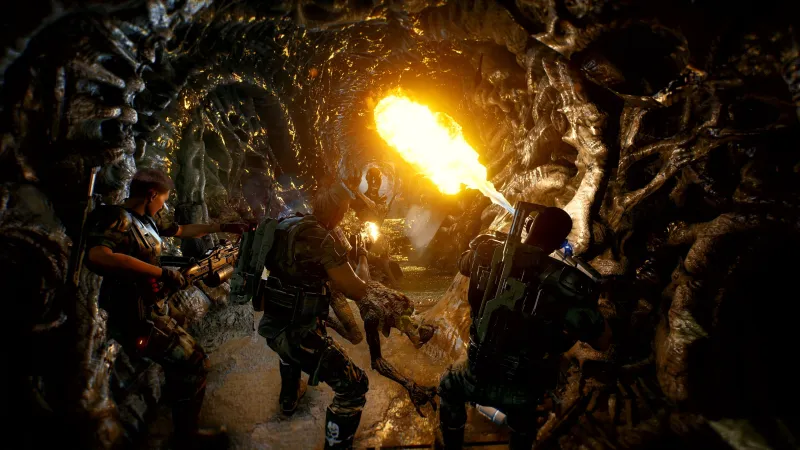
Stephen M. Walker II is CEO and Co-founder of Klu, an LLM App Platform. Prior to founding Klu, Stephen held product leadership roles Productboard, Amazon, and Capital One.
Are you excited about empowering organizations to leverage AI for innovative endeavors? So is Stephen M. Walker II, CEO and Co-Founder of the company Klu, whose cutting-edge LLM platform empowers users to customize generative AI systems in accordance with unique organizational needs, resulting in transformative opportunities and potential.
In this interview, Stephen not only discusses his innovative vertical SaaS platform, but also addresses artificial intelligence, generative AI, innovation, creativity and culture more broadly. Want to see where generative AI is headed? Get perspectives that can inform your viewpoint, and help you pave the way for a successful 2024. Stay current. Keep reading.
Please share a bit about the Klu story:
We started Klu after seeing how capable the early versions of OpenAI’s GPT-3 were when it came to common busy-work tasks related to HR and project management. We began building a vertical SaaS product, but needed tools to launch new AI-powered features, experiment with them, track changes, and optimize the functionality as new models became available. Today, Klu is actually our internal tools turned into an app platform for anyone building their own generative features.
What kinds of challenges can Klu help solve for users?
Building an AI-powered feature that connects to an API is pretty easy, but maintaining that over time and understanding what’s working for your users takes months of extra functionality to build out. We make it possible for our users to build their own version of ChatGPT, built on their internal documents or data, in minutes.
What is your vision for the company?
The founding insight that we have is that there’s a lot of busy work that happens in companies and software today. I believe that over the next few years, you will see each company form AI teams, responsible for the internal and external features that automate this busy work away.
I’ll give you a good example for managers: Today, if you’re a senior manager or director, you likely have two layers of employees. During performance management cycles, you have to read feedback for each employee and piece together their strengths and areas for improvement. What if, instead, you received a briefing for each employee with these already synthesized and direct quotes from their peers? Now think about all of the other tasks in business that take several hours and that most people dread. We are building the tools for every company to easily solve this and bring AI into their organization.
Please share a bit about the technology behind the product:
In many ways, Klu is not that different from most other modern digital products. We’re built on cloud providers, use open source frameworks like Nextjs for our app, and have a mix of Typescript and Python services. But with AI, what’s unique is the need to lower latency, manage vector data, and connect to different AI models for different tasks. We built on Supabase using Pgvector to build our own vector storage solution. We support all major LLM providers, but we partnered with Microsoft Azure to build a global network of embedding models (Ada) and generative models (GPT-4), and use Cloudflare edge workers to deliver the fastest experience.
What innovative features or approaches have you introduced to improve user experiences/address industry challenges?
One of the biggest challenges in building AI apps is managing changes to your LLM prompts over time. The smallest changes might break for some users or introduce new and problematic edge cases. We’ve created a system similar to Git in order to track version changes, and we use proprietary AI models to review the changes and alert our customers if they’re making breaking changes. This concept isn’t novel for traditional developers, but I believe we’re the first to bring these concepts to AI engineers.
How does Klu strive to keep LLMs secure?
Cyber security is paramount at Klu. From day one, we created our policies and system monitoring for SOC2 auditors. It’s crucial for us to be a trusted partner for our customers, but it’s also top of mind for many enterprise customers. We also have a data privacy agreement with Azure, which allows us to offer GDPR-compliant versions of the OpenAI models to our customers. And finally, we offer customers the ability to redact PII from prompts so that this data is never sent to third-party models.
Internally we have pentest hackathons to understand where things break and to proactively understand potential threats. We use classic tools like Metasploit and Nmap, but the most interesting results have been finding ways to mitigate unintentional denial of service attacks. We proactively test what happens when we hit endpoints with hundreds of parallel requests per second.
What are your perspectives on the future of LLMs (predictions for 2024)?
This (2024) will be the year for multi-modal frontier models. A frontier model is just a foundational model that is leading the state of the art for what is possible. OpenAI will roll out GPT-4 Vision API access later this year and we anticipate this exploding in usage next year, along with competitive offerings from other leading AI labs. If you want to preview what will be possible, ChatGPT Pro and Enterprise customers have access to this feature in the app today.
Early this year, I heard leaders worried about hallucinations, privacy, and cost. At Klu and across the LLM industry, we found solutions for this and we continue to see a trend of LLMs becoming cheaper and more capable each year. I always talk to our customers about not letting these stop your innovation today. Start small, and find the value you can bring to your customers. Find out if you have hallucination issues, and if you do, work on prompt engineering, retrieval, and fine-tuning with your data to reduce this. You can test these new innovations with engaged customers that are ok with beta features, but will greatly benefit from what you are offering them. Once you have found market fit, you have many options for improving privacy and reducing costs at scale – but I would not worry about that in the beginning, it’s premature optimization.
LLMs introduce a new capability into the product portfolio, but it’s also an additional system to manage, monitor, and secure. Unlike other software in your portfolio, LLMs are not deterministic, and this is a mindset shift for everyone. The most important thing for CSOs is to have a strategy for enabling their organization’s innovation. Just like any other software system, we are starting to see the equivalent of buffer exploits, and expect that these systems will need to be monitored and secured if connected to data that is more important than help documentation.
Your thoughts on LLMs, AI and creativity?
Personally, I’ve had so much fun with GenAI, including image, video, and audio models. I think the best way to think about this is that the models are better than the average person. For me, I’m below average at drawing or creating animations, but I’m above average when it comes to writing. This means I can have creative ideas for an image, the model will bring these to life in seconds, and I am very impressed. But for writing, I’m often frustrated with the boring ideas, although it helps me find blind spots in my overall narrative. The reason for this is that LLMs are just bundles of math finding the most probable answer to the prompt. Human creativity —from the arts, to business, to science— typically comes from the novel combinations of ideas, something that is very difficult for LLMs to do today. I believe the best way to think about this is that the employees who adopt AI will be more productive and creative— the LLM removes their potential weaknesses, and works like a sparring partner when brainstorming.
You and Sam Altman agree on the idea of rethinking the global economy. Say more?
Generative AI greatly changes worker productivity, including the full automation of many tasks that you would typically hire more people to handle as a business scales. The easiest way to think about this is to look at what tasks or jobs a company currently outsources to agencies or vendors, especially ones in developing nations where skill requirements and costs are lower. Over this coming decade you will see work that used to be outsourced to global labor markets move to AI and move under the supervision of employees at an organization’s HQ.
As the models improve, workers will become more productive, meaning that businesses will need fewer employees performing the same tasks. Solo entrepreneurs and small businesses have the most to gain from these technologies, as they will enable them to stay smaller and leaner for longer, while still growing revenue. For large, white-collar organizations, the idea of measuring management impact by the number of employees under a manager’s span of control will quickly become outdated.
While I remain optimistic about these changes and the new opportunities that generative AI will unlock, it does represent a large change to the global economy. Klu met with UK officials last week to discuss AI Safety and I believe the countries investing in education, immigration, and infrastructure policy today will be best suited to contend with these coming changes. This won’t happen overnight, but if we face these changes head on, we can help transition the economy smoothly.
Is there anything else that you would like to share with the CyberTalk.org audience?
Expect to see more security news regarding LLMs. These systems are like any other software and I anticipate both poorly built software and bad actors who want to exploit these systems. The two exploits that I track closely are very similar to buffer overflows. One enables an attacker to potentially bypass and hijack that prompt sent to an LLM, the other bypasses the model’s alignment tuning, which prevents it from answering questions like, “how can I build a bomb?” We’ve also seen projects like GPT4All leak API keys to give people free access to paid LLM APIs. These leaks typically come from the keys being stored in the front-end or local cache, which is a security risk completely unrelated to AI or LLMs.








